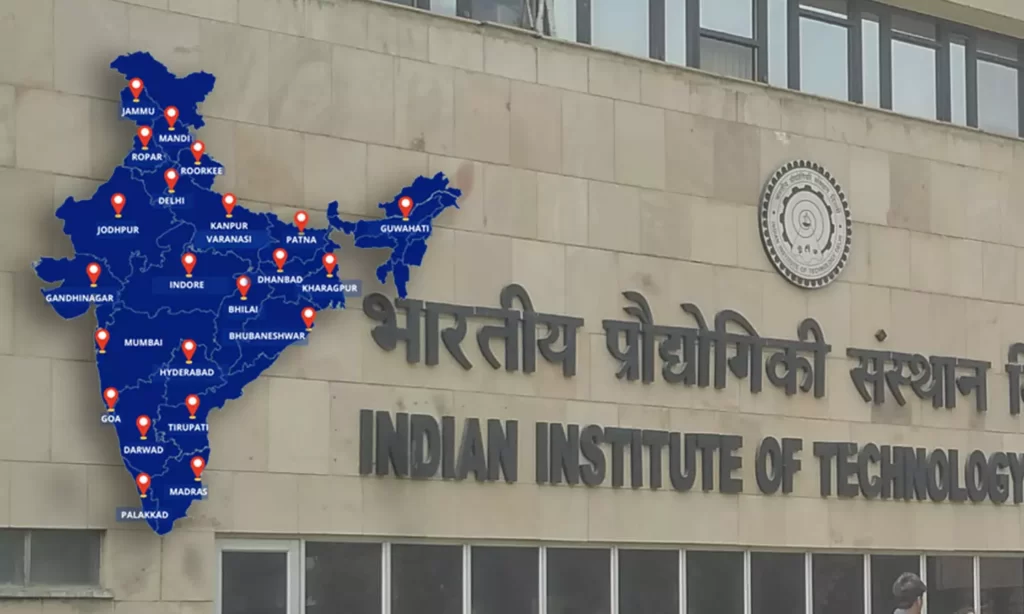The Indian Institutes of Technology (IITs) represent the pinnacle of engineering and technological education in India. Established with the vision to create a technically skilled workforce that can contribute to nation-building, the IITs have become globally recognized institutions for academic rigor, innovation, and leadership.
A Legacy of Excellence
The journey of IITs began with the establishment of IIT Kharagpur in 1951, following the recommendations of the Sarkar Committee. Since then, the IIT system has expanded to over 23 institutes across India, each offering world-class education in:
Engineering & Technology
Pure Sciences
Applied Research
Management and Design (in select IITs)
Global Recognition and Impact
IIT graduates have made a significant mark both in India and abroad. From heading global companies like Google (Sundar Pichai) and Microsoft (Satya Nadella) to leading groundbreaking research in AI, space tech, and sustainability, IIT alumni have consistently demonstrated their value on the world stage.
The institutes are known for:
Highly competitive entrance via the JEE Advanced
Strong emphasis on research and innovation
Partnerships with international universities and companies
A vibrant ecosystem for startups and entrepreneurship
More Than Just Engineering
While traditionally known for engineering, IITs today also offer programs in:
Economics
Humanities & Social Sciences
Management (through IIT Delhi, IIT Bombay, and IIT Kharagpur’s MBA programs)
Design (IIT Bombay’s IDC and IIT Guwahati’s Design program)
This multidimensional growth makes them not just technical institutes, but centers of holistic academic excellence.
Conclusion
The IITs continue to shape the future of India by producing top-tier engineers, scientists, entrepreneurs, and thought leaders. As symbols of India’s commitment to education and innovation, they are not just institutes—they are engines of transformation.









